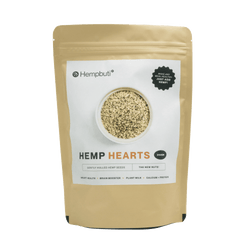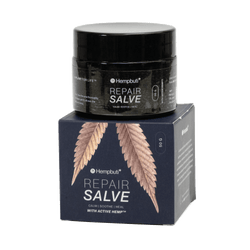Crackdowns closed storefront over‑prescribers, but the pipeline re‑formed online with encrypted markets, crypto rails, and global shipping that scaled potency and access simultaneously. The consequence was not a retreat but a reshuffle, as vendors and buyers found each other in new places while carfentanil‑level risks entered the mainstream.
Pill mills, then and after
Chapter 1 describes cash‑only clinics offering high‑volume scripts with minimal exams, concentrating in states like Florida until DEA enforcement flipped the leaderboard from 90 of the top 100 oxycodone‑purchasing physicians in Florida to none. Patients left behind faced unmanaged pain and withdrawal, and many turned to street heroin or its digital equivalents.
The “fifth vital sign” era had already expanded the pool of people exposed to opioids, so demand did not evaporate when supply was policed; it dispersed. At the same time, reformulations and tamper‑resistance did little to curb substitution to substances with far tighter overdose margins.
Dark‑web storefronts
International stings revealed tens of thousands of vendors and hundreds of thousands of users transacting in opioids and other drugs through marketplaces like AlphaBay and Silk Road. Vendors leveraged cross‑border sourcing, anonymized payments, and resilient re‑listing to outpace takedowns, while shipping and stealth practices matured.
The new risk profile mixed volatility and strength, defeating user experience as a safety tool and making adulteration the norm rather than the exception. Prices and potency created a perverse “value” calculus that tempted cost‑conscious buyers while multiplying fatal errors.
Supply chain table
| Node | What changed | Risk effect |
|---|---|---|
| Clinics | High‑volume opioid scripts curtailed by raids and scrutiny. | Demand displaced to street and online, not erased. |
| Markets | Encrypted platforms, crypto payments, global logistics. | Wider reach, stronger products, harder detection. |
| Street | Routine adulteration with potent synthetics. | Dosing guesswork; lethal variance. |
Why demand persisted
A third of Americans living with chronic pain signals massive unmet need, and pills alone rarely rebuild function or meaning. When quick fixes failed and comprehensive care remained scarce, the path of least resistance often pointed to illicit supply.
What reduces harm
Re‑invest in multidisciplinary care access and outcome measures tied to participation and role recovery, not just numeric pain shifts. Expand low‑barrier harm reduction—naloxone access, education, and community supports—while aligning policy with realities of potency and migration.








